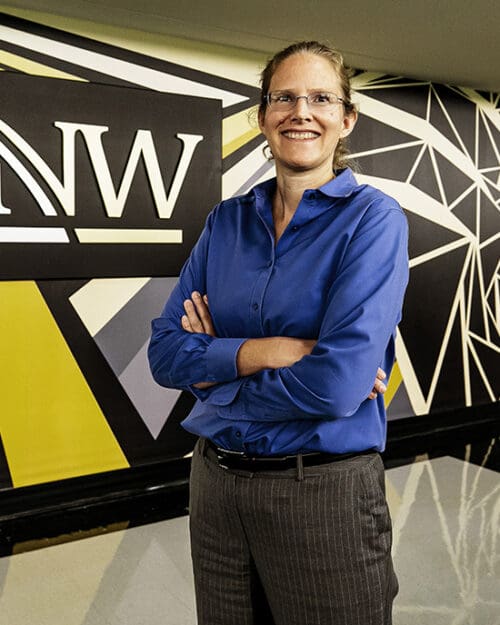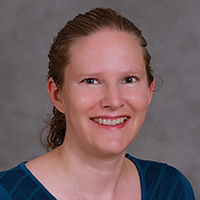Purdue University Northwest associate professor selected for NASA consortium project to search for signs of life

Purdue University Northwest (PNW) mathematics faculty member Grethe Hystad, associate professor of Statistics in the College of Engineering and Sciences, has been selected to join a prestigious team of multidisciplinary scientists on a National Aeronautics and Space Administration (NASA)-funded project aimed at developing new ways to search for life in the solar system.
The five-year initiative, “Advancing Multi-Messenger Biosignature Techniques with Machine Learning,” explores whether life, extant or extinct, exists elsewhere in the solar system. The research team will study whether combining multiple types of measurements using machine learning can aid in the detection of biosignatures, or indicators of biological origin.
The project is part of NASA’s Interdisciplinary Consortia for Astrobiology Research (ICAR), a part of NASA’s Astrobiology Program. ICAR supports large, collaborative teams that address compelling questions in astrobiology using an interdisciplinary approach.
“It’s very exciting to be a part of this team,” says Hystad. “This project is a natural extension of my previous work. I’ve had the opportunity to collaborate with some of the scientists involved prior to this project and I’m looking forward to working with them again.”
I’ve had the opportunity to collaborate with some of the scientists involved prior to this project and I’m looking forward to working with them again.
Hystad will share in a $5 million grant and focus her work on developing machine learning methods, a process that uses algorithms to train computers to learn from data and make predictions. These methods will help distinguish whether a sample originates from a biological or non-biological source. She will also explore how and why these methods succeed or fail, identify which instruments produce the most useful data, and use a foundational data set to determine how to combine different types of measurements to best detect biosignatures.
While the project is still in its early stages, Hystad plans to bring elements of her research into the classroom. “It’s important for students to see how the techniques we are using in class have real-world applications,” she said. She also hopes to involve students in her research in the future.
All research and machine-learning tools developed through this project will be used to create an open-access database to support the broader scientific community and aid in future space missions.
